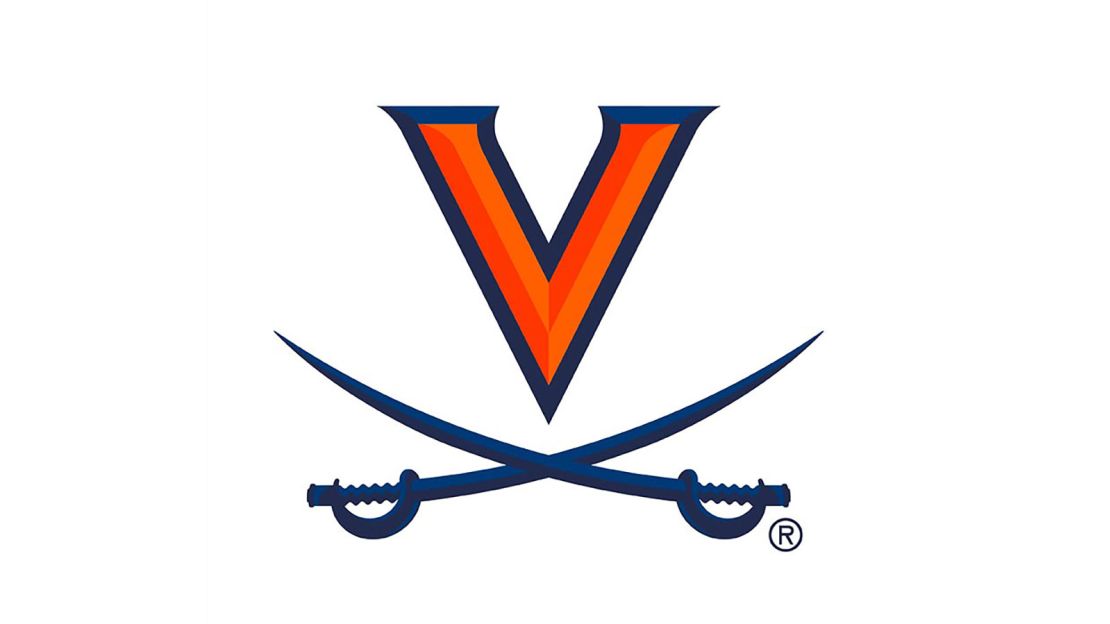The University of Virginia is changing the logo used for its athletic teams because of the previous design’s links to slavery at the university.
Known as the V-Sabre logo, the old design featured two crossed sabres with serpentine handles. The handles were a reference to serpentine walls on the UVA campus that were originally constructed to keep enslaved people out of public view.
The new logo removes the serpentine curves on the sabre handles in favor of smooth handles.
UVA Athletic Director Carla Williams announced the changes on Monday. The previous version of the logo was released two months ago when the university updated its logos and introduced new typography and numerals.

“After the release of our new logos on April 24th, I was made aware of the negative connotation between the serpentine walls and slavery,” Williams said in a statement. “I was not previously aware of the historical perspective indicating the original eight-foot-high walls were constructed to mask the institution of slavery and enslaved laborers from public view.”
The original wavy walls were built in the 1820s and eventually removed to create more space around the university’s historical pavilions, according to a statement from the school’s athletics department. New walls were constructed in the 1950s.
The curved handles were featured in both the V-Sabre logo, the primary logo for Virginia athletics, and the Cavalier Shield mark, a secondary logo for use on apparel and on social media.
“Over the last few weeks, I have worked to better educate myself and that education will continue,” Williams said. “There was no intent to cause harm, but we did, and for that I apologize to those who bear the pain of slavery in our history.”

